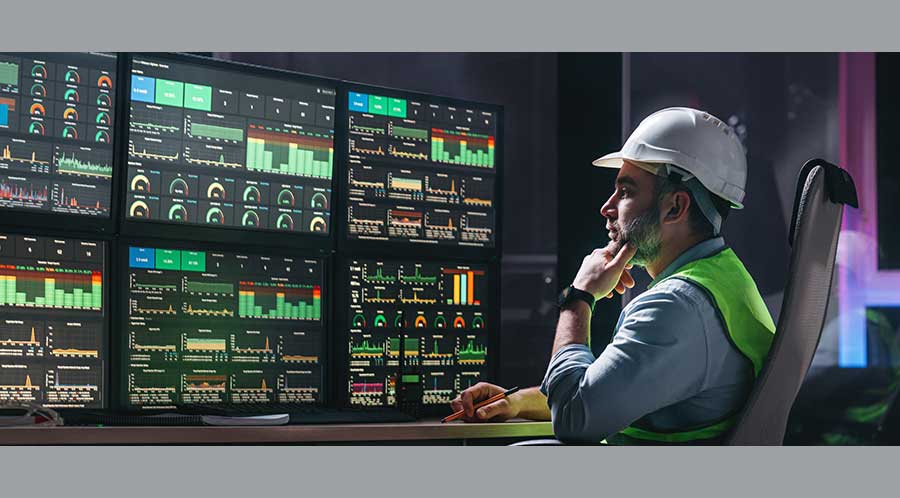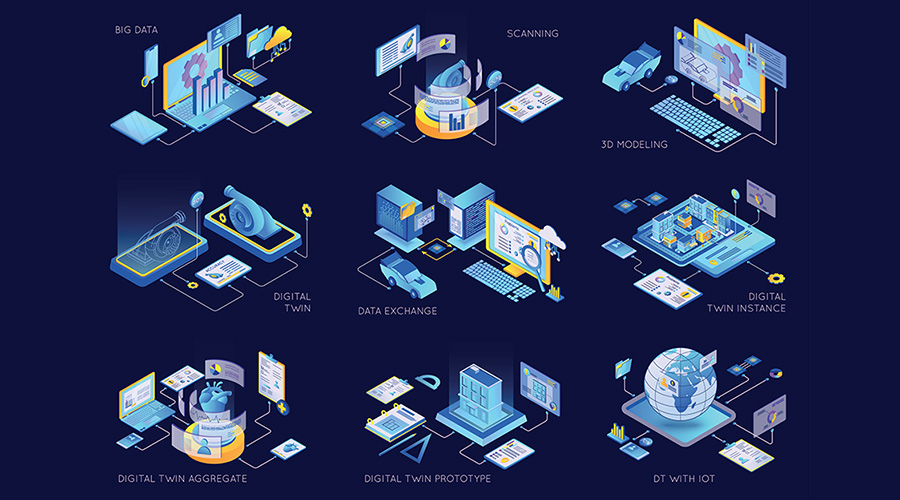CMMS and Material Management: Partners in Efficiency
Part 1 of a 3-part article on CMMS
Material and inventory costs can account for 25-40 percent of a maintenance and engineering manager’s budget. While concentrating on other priorities such as preventive maintenance and urgent repairs, managers can easily lose track of the flow of tools, spare parts and equipment and their costs. Consider a facility with a $1 million maintenance budget where 40 percent is spent on material. Reducing the material costs by 10 percent would result in a $40,000 per year cost savings, or 4 percent of the annual budget.
Managers seeking greater control over and savings from their materials and inventory can implement several strategies to use materials more efficiently and effectively within their departments and facilities, and a computerized maintenance management system (CMMS) is an essential tool in achieving efficiency goals.
Material costs and trends
The most important first step is to review the maintenance budget to determine the amount of money being spent on materials, including how much is spent weekly, monthly and annually. Managers also should know the percentage of the overall maintenance budget material costs represent. The key is to look for trends that might indicate seasonal or production changes. Heater elements, deicers, refrigerants and belts all relate to seasonal use. Minimizing these materials when they are out of season will avoid write-offs for expired shelf lives and hold down carrying costs — the cost of tracking and storing the item, which can be up to 25-30 percent of its cost.
Next, managers need to tap into their departments’ CMMS to perform a deep dive into the inventory items front-line technicians are checking out and procuring from the warehouse. The key report at this stage is an issued-inventory report or an inventory usage report. At a minimum, the report should include the item checked out, the technician who checked it out, the quantity issued, and the issue price.
When reviewing the report, managers should look for duplicate items the warehouse might be stocking at the request of different users. They also should look for items that are checked out excessively. Just by showing supervisors and technicians that managers are generating reports and reviewing data likely will generate savings because they workers realize their actions are under scrutiny.
While analyzing the report, managers can evaluate vendors by looking at similar items over multiple years to determine if a vendor has lost the competitive edge. To compare, consider asking in-house buyers to contact multiple vendors for the same item. Consistency and standardization are critical, but departments can procure many items through multiple vendors. Competition can reduce prices.
Finally, managers must ensure that purchase lead times are adequate, as ordering parts with next-day delivery requirements drives up cost. The goal is to allow enough time for standard delivery times.
Related Topics:














